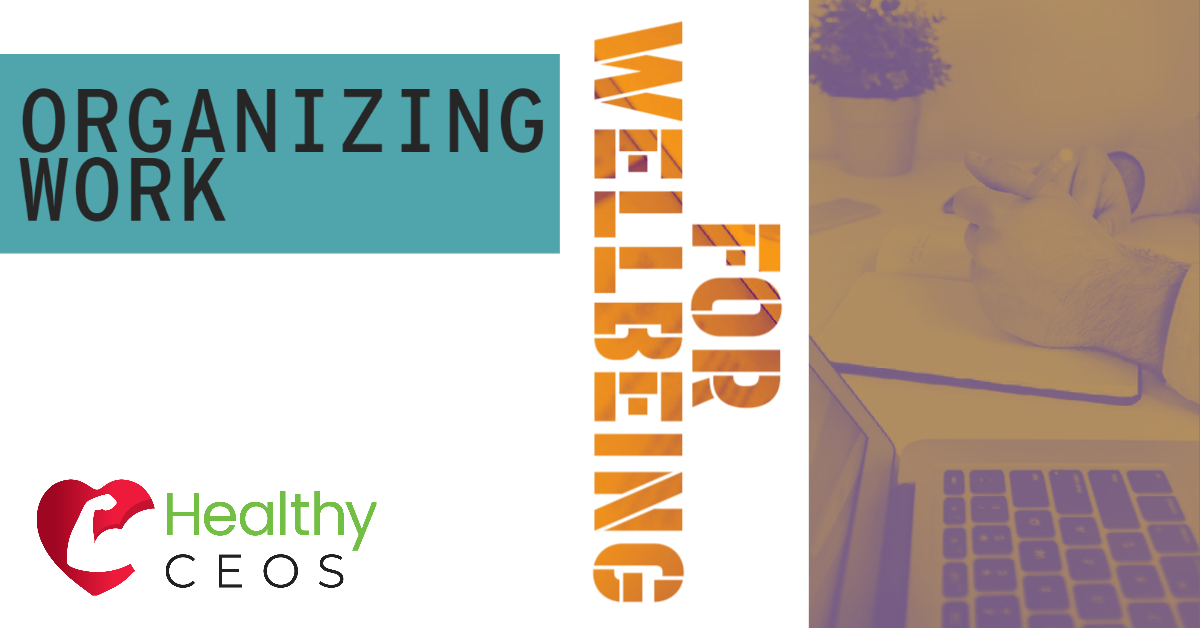Burnout in the workplace is becoming an increasingly common issue among employees today, and it’s important to recognize the signs of burnout so that employers can help address this issue. Burnout is generally defined as a state of physical, mental, and emotional exhaustion caused by excessive stress or prolonged periods of work. In extreme cases, burnout can result in serious health issues such as depression or anxiety. According to recent studies, stress-related absences cost large companies over $3.5 million per year. While initiatives like mindfulness exercises and resilience courses are beneficial, they should be supplementary rather than the main focus. Many organizations tend to overlook the importance of prioritization and organization when it comes to employee well-being.
There are several telltale signs of burnout in an employee. These include feelings of frustration, fatigue, lack of motivation, difficulty concentrating, and even apathy or inability to enjoy activities that were once enjoyable. If left unchecked, these feelings can lead to decreased productivity, decreased job satisfaction, increased absenteeism and overall dissatisfaction with the work environment.
As a leader, there are steps you can take to prioritize wellbeing in your organization. One crucial aspect is improving how work is prioritized and organized. This responsibility lies not only with the executive team but also with every leader within the organization. Prioritization and workload management play a vital role in preventing burnout and enhancing employee wellbeing.
Here are seven strategies to implement this approach in your organization:
- Focus on a limited number of strategic priorities: Having too many priorities contradicts the concept of prioritization. Have regular check-ins to ensure that the team is staying focused on the right priorities. Reevaluate the priorities regularly to ensure that they are still in line with the overall objectives. Prioritize projects that will have the greatest impact. This allows the team to focus their energy and resources on the projects that will have the most benefit, and helps them to avoid wasting time and money on projects that may not have a lasting impact. By focusing on a few strategic priorities, the team can also help to ensure that the projects are completed in a timely and efficient manner. For instance, a team might decide to prioritize a project that will help to reduce operating costs, instead of a project that will bring in more revenue but will take longer to complete.
- Regularly review priorities with your team: Have frequent conversations with your direct reports to understand their current priorities. When introducing new tasks or projects, evaluate how they fit within the existing priorities and determine if any adjustments are necessary. This helps ensure the team remains focused on the most important goals and objectives, and that resources are utilized effectively. When priorities change, the team should be informed promptly. This ensures that everyone is aware of the latest developments and can adjust their tasks accordingly. Regular reviews also help to keep the team motivated and on track.
- Streamline workflow and remove inefficiencies: Collaborate with your team to identify and eliminate unnecessary bureaucracy and red tape. Review workflows and systems to identify and address inefficiencies. By getting rid of these inefficiencies, teams can be more productive and can focus their efforts on more important tasks. Having streamlined processes also ensures that everyone is on the same page and that the team is working together more effectively. Although it is important to be efficient and to get rid of anything that is not working, it is also important to have some bureaucracy and red tape. This is because it provides a structure for the team to follow and ensures that everyone is on the same page. It also provides a level of accountability and ensures that tasks are completed in a timely manner.
- Optimize meetings: Meetings can be a significant drain on time and productivity if not handled effectively. Evaluate the purpose and necessity of each meeting, optimize agendas, and ensure that only relevant participants are involved. Consider shorter meeting durations and create buffer time between meetings to allow for unexpected events and self-care. Track action items and decisions made in each meeting. Have a clear plan for follow-up and accountability. Encourage virtual meetings when possible. Additionally, emphasize the importance of open and respectful communication during meetings to ensure everyone is heard and respected.
- Lead by example: As a leader, your behaviour sets the tone for the organization. Prioritize your own wellbeing and avoid glorifying overworking. By modelling a healthy work-life balance, you encourage your team to do the same. Demonstrate your commitment to work-life balance. Showing your team that you care for yourself is the best way to demonstrate that you value them too. Encourage your team to take breaks, take a step back, and practice self-care. Make work-life balance a part of the company culture. Reward and recognize employees who prioritize balance and wellbeing. On the other hand, by glorifying overworking, you are setting a standard for your team that is impossible to maintain. You are also setting a precedent that in order to be successful in this company, you have to sacrifice your personal life. This could lead to employees feeling like they have to choose between their job and their wellbeing, which is not a healthy work-life balance.
- Optimize workload: Leaders should also make sure that workloads aren’t too heavy for their employees; while having high expectations is important to creating a successful team dynamic it’s just as important not to overburden employees with unrealistic tasks that leave them feeling overwhelmed and unappreciated. Additionally, when deadlines get tight leaders should be willing to offer additional resources if needed so that employees don’t get burned out trying to finish a task on their own. Regularly checking in with employees to ensure tasks are manageable is a great way to build trust and morale in the workplace. Taking the time to provide helpful feedback and guidance can help employees stay on track while also feeling appreciated and supported.
- Support network: It’s essential for employers to provide a supportive work environment where open dialogue is encouraged between leader and employee; this will allow any issues surrounding burnout to be addressed quickly before they become more severe problems that could lead to bigger issues within the organization as a whole. This type of supportive environment should prioritize mental health and encourage employees to speak up if they are feeling overwhelmed, so that these issues can be addressed before they become too difficult to manage.
Workplace burnout is unfortunately a common issue these days but thankfully there are steps that leaders can take to help prevent it from occurring in their own organizations including providing breaks during the day for recharging purposes; not overburdening employees with unrealistic workloads; offering extra resources if need be; and fostering an atmosphere of open dialogue between leaders and team members which will allow any potential issues surrounding burnout to be addressed quickly and effectively before they become larger problems down the road.
Shaun Tucker is the Founder of Healthy CEOs, a revolutionary health movement helping busy people improve their performance through the 5 foundations: Energy, Mindset, Lifestyle, Nutrition & Movement.
The Future Of Work Is Employee Well-Being

